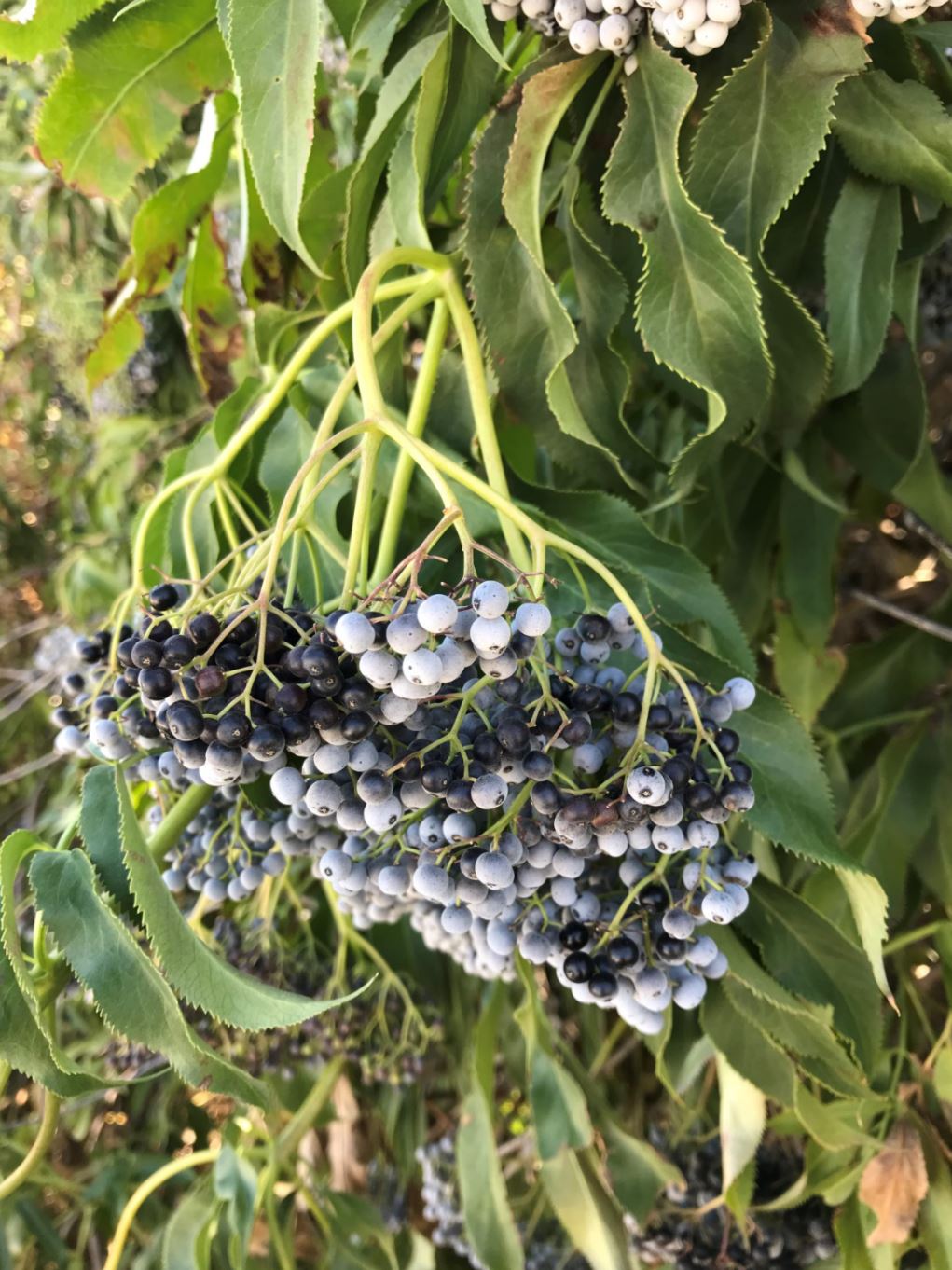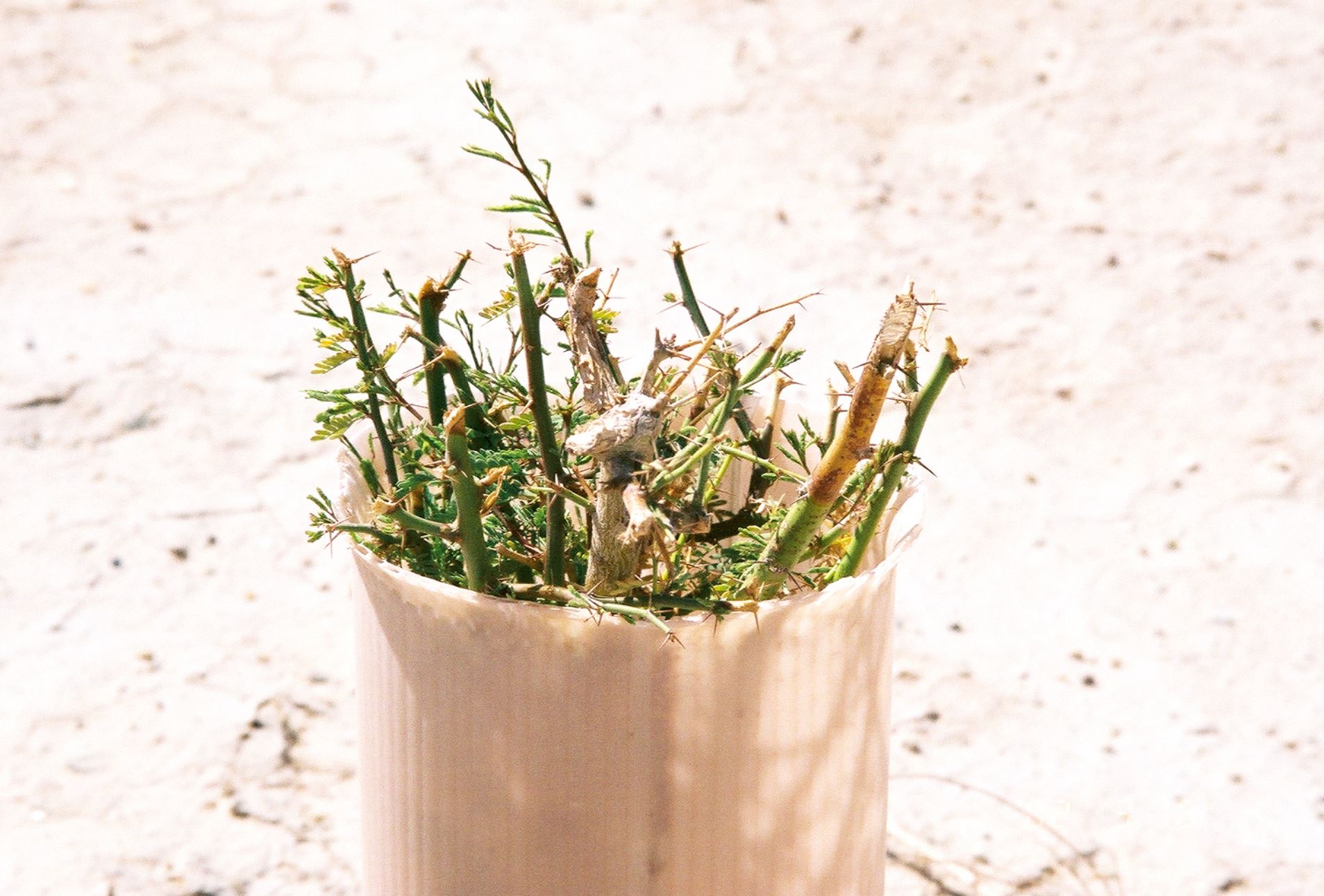
Natural climate solutions are conservation, restoration, and improved land management practices that increase carbon storage or avoid greenhouse gas emissions in forests, agriculture, wetlands, grasslands, and urban areas. As concerns about the current and future impacts of climate change mount, natural climate solutions are of great interest as a climate mitigation strategy. A 2017 study reported that natural climate solutions have the potential to provide up to 37 percent of the emissions reductions and carbon sequestration needed to keep global temperature increase under 2 degrees Celsius by 2030 (Griscom et al. 2017). Large-scale tree planting programs, in particular, have been the focus of many natural climate solutions initiatives and have garnered international interest and financial support. Tree planting is prominent in several federal policy proposals in the United States, including the Trillion Trees Act (2020), the Biden Climate Plan (2020), proposed COVID-19 economic stimulus packages, as well as in the Senate Democrats’ Special Committee on the Climate Crisis and the Climate Change Reports from the House Select Committee.
-
Details
-
Written by Lily Colburn, Environmental Management, Yale School of the Environment; Luca Guadagno, Environmental Science, Yale School of the Environment; Kristen Jovanelly, Forestry, Yale School of the Environment
Read more ...
Field-edge perennial hedgerows can provide significant environmental benefits to farms and their surrounding environments, including natural pest control and pollination services, improved soil health, water quality buffers, and carbon sequestration (Long et al. 2017, Smukler et al. 2010). However, hedgerows of native perennials can be costly to install and maintain during the first few establishment years, with installation costs typically running from $3,000 to $4,000 per 1,000 linear feet for 10-ft wide hedgerows in California. Although state and federal programs provide cost-share incentives, hedgerows still appear relatively infrequently on intensive, high-value agricultural landscapes like those in the Central Valley of California.
-
Details
-
Written by Sonja Brodt, University of California Sustainable Agriculture Research and Education Program (UC SAREP); Laura R. Crothers, UC SAREP; Gwenael Engelskirchen, UC SAREP; Katie Fyhrie, formerly with The Cloverleaf Farm, Dixon, CA
Read more ...





